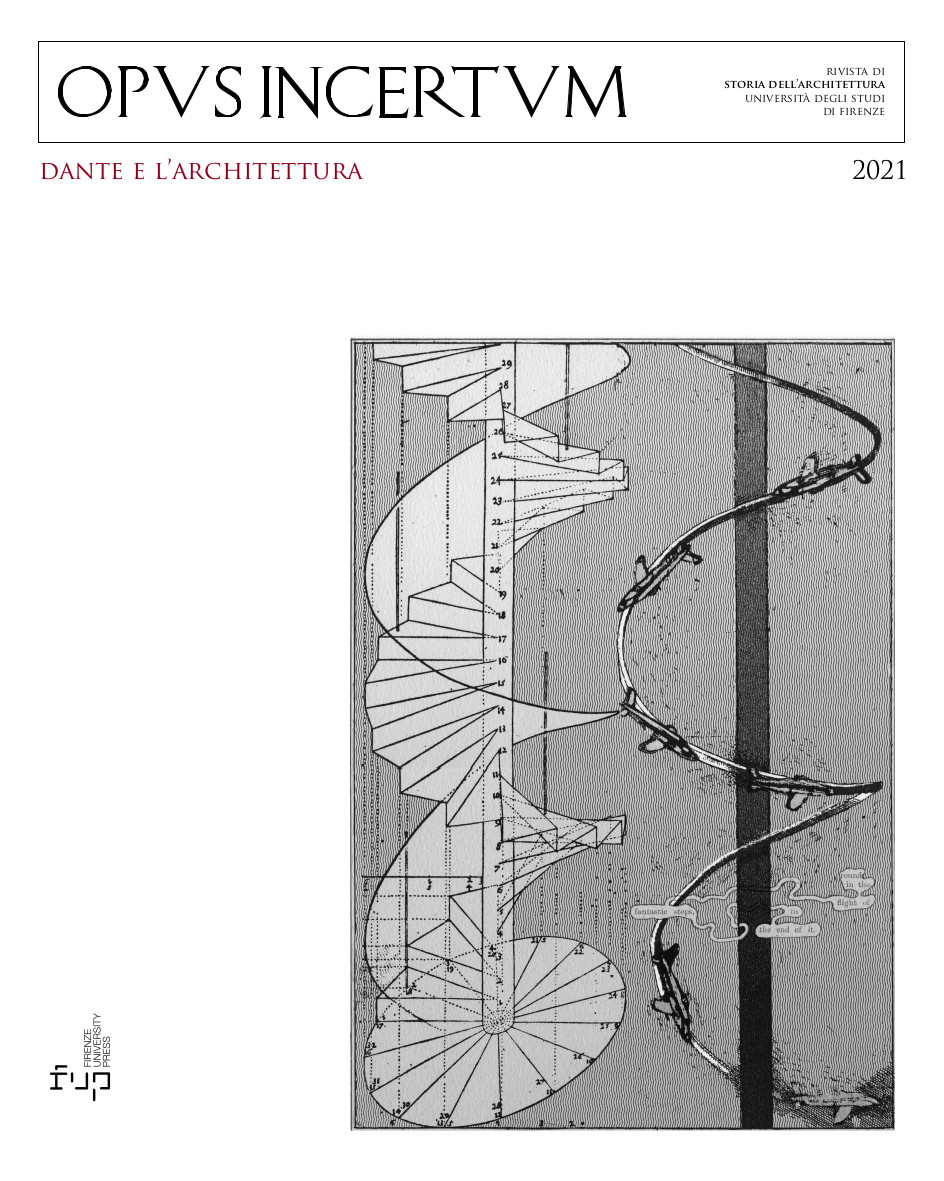Published 2021-12-11
Keywords
- architecture,
- cartography,
- Commedia,
- Dante,
- pilgrimage
- Rome ...More
How to Cite
Abstract
The aim of this article is to examine the specifically architectural and structural aspects of Dante’s Rome in the Commedia which have not received particular attention in the critical literature. Focusing on the Eternal City’s monumental and urban features and their placement in the order of the poem at pivotal junctures in each of the three canticles, reveals how the city was for Dante, paradoxically, both central and liminal. While Rome is central to Dante’s political ideology, like the poem itself, the city is situated at the threshold between this world and the next. A key meta-architectural literary theme, Rome can serve as a point of departure for investigating the structure and status of the poem itself taken as an artifact fashioned in imitation of the divine architect: “Colui che volse il sesto a lo stremo del mondo, e dentro ad esso distinse tanto occulto e manifesto” (Par., XIX, 40-42).



